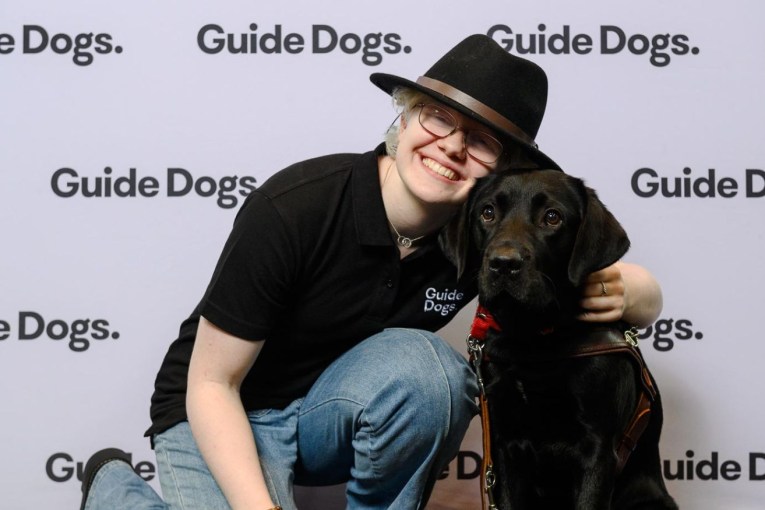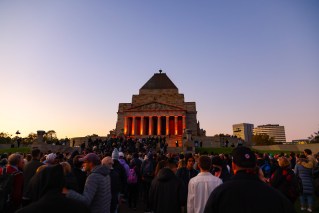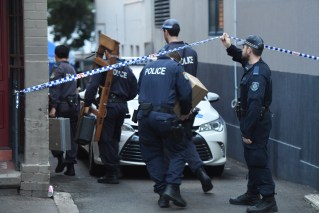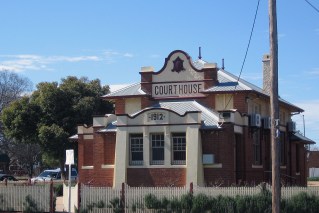‘Hipster-proof fence’: The data that tells the story in Batman

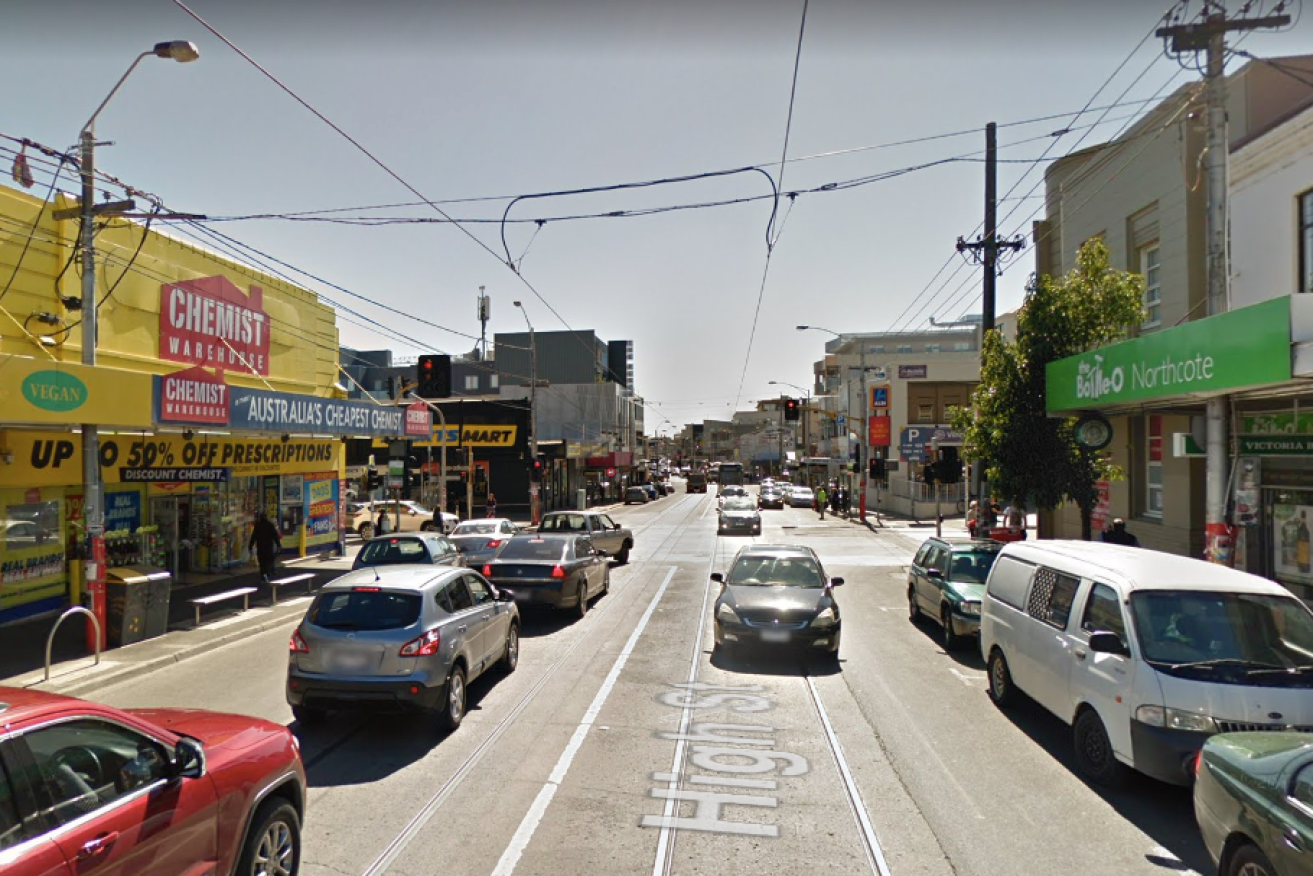
High Street, Northcote looking north towards Bell Street. Photo: Google Maps
It has been dubbed the ‘hipster-proof fence’ and the ‘Bell Street divide’.
Whatever you call it, the arterial road that splits the federal Melbourne seat of Batman, where voters go to the polls on Saturday, helps tell the story of an electorate divided.
Labor has enlisted high-profile, left-leaning former ACTU president Ged Kearney to sandbag the seat against a rising tide of inner-city support for the Greens, whose candidate, social worker Alex Bhathal, has run in Batman five times.
Once one of Labor’s working-class strongholds, the party now holds the inner-city seat by only 1 per cent. When Ms Bhathal first ran in 2001, she claimed 11 per cent of the vote. Labor won the seat then by 25 points.
On Saturday, the Greens will start the morning favourites to add a second lower house MP to its ranks.
The electorate’s shifting demographics, laid bare by census data and demarcated by Bell Street, may explain the reasons for the two parties’ changing fortunes.
Batman’s southern half includes the large suburb of Northcote, where house prices are skyrocketing, the trendy cafes and bars are packed and those moving in are, increasingly, young professionals.
Gentrification has reached the neighbouring suburb of Thornbury, which lies north of Northcote along High Street and ends just before Bell Street.
There, too, the Greens vote has surged, a fact revealed by five elections worth of polling booth returns reviewed by The New Daily, and illustrated by the interactive map below.
How the Greens primary vote has surged in five elections
At the 2007 election, when Kevin Rudd swept aside more than a decade of Coalition rule, the Liberals were still Labor’s main opposition in Batman.
The minor party’s march began in 2010 when Ms Bhathal won a number of the Northcote booths after preferences, ensuring the seat became a true Labor vs Greens contest.
Three years later, the Greens had won more first preferences than Labor in a dozen booths. The gains were all south of Bell Street – in Northcote, Clifton Hill, Fairfield and Thornbury.
At the 2016 poll, Ms Bhathal won the primary vote over Labor’s David Feeney – whose resignation last year triggered Saturday’s byelection – but lost the election on preferences.
Then, in November last year, the state seat of Northcote, which roughly mirrors Batman’s southern half, went to a byelection.
Despite the Daniel Andrews government’s progressive credentials and an election spending tsunami, Victorian Labor was unable to count on preference flows from the Liberals, who sat the race out, and the Greens won the seat in a landslide. (The Liberals are not running on Saturday either).
Where the Northcote district mirrors the federal electorate’s southern half, the northern end is, roughly speaking, encompassed by much of the state district of Preston, though Batman also extends further north-east into the suburbs of Bundoora and Macleod.
Here, census data paints a picture of a traditionally working-class Labor heartland. The area has changed, the data shows, but not as dramatically as it has south of Bell Street.
For example, a person living north of Bell Street is twice as likely to be a labourer and a third more likely to work as a technician or a tradie, according to the 2016 census.
Professionals, meanwhile, make up 39 per cent of workers in Northcote, compared to 24 per cent in Preston.
Workers south of Bell Street in the Northcote district also earn more on average (the median personal weekly income is $250 higher there), and far more like to have graduated from university.
Nearly 43 per cent in the Northcote district claimed a Bachelor’s degree, compared with 25.5 per cent in Preston.
In St George’s Road Northcote at the No11 Tram Stop🚊 with @gedkearney – Labor will extend to Reservoir pic.twitter.com/XA01GOAZnv
— Anthony Albanese (@AlboMP) March 8, 2018
About 40 per cent of people are renters on both sides of Bell Street, compared with 28 per cent across Victoria, but at the Northcote end, the median rent is about $40 higher.
In the suburb – rather than the electorate district – of Northcote, the median house price in December was $1.3 million, a 13 per cent annual increase, according to RP Data. At the same time in 2012, the figure was just a tick over $800,000.
Simply put, as the housing market has boomed in Batman, so has the Greens primary vote.
Even if Labor holds on this time, signs suggest its Bell Street firewall won’t last forever. The median house price in the suburb of Preston hit $960,000 in November last year, also a 13 per cent increase.
Despite the demographic differences, Ms Bhathal believes the Greens’ main campaigning issues, the Adani mine and asylum seeker policy, will also resonate with voters north of Bell Street.
“I have never seen that people in the north of the seat, in Reservoir and Bundoora, feel any less passionately about the environment or about social justice,” she told ABC Radio National this week.
Ms Kearney, however, isn’t so sure that’s true.
While the controversial mining project was a hot-button issue in Batman’s southern suburbs, she could “probably count on one hand the number of people north of Bell Street that have asked me about Adani”, she told The Saturday Paper last month.
-with graphics by Simon Rankin
